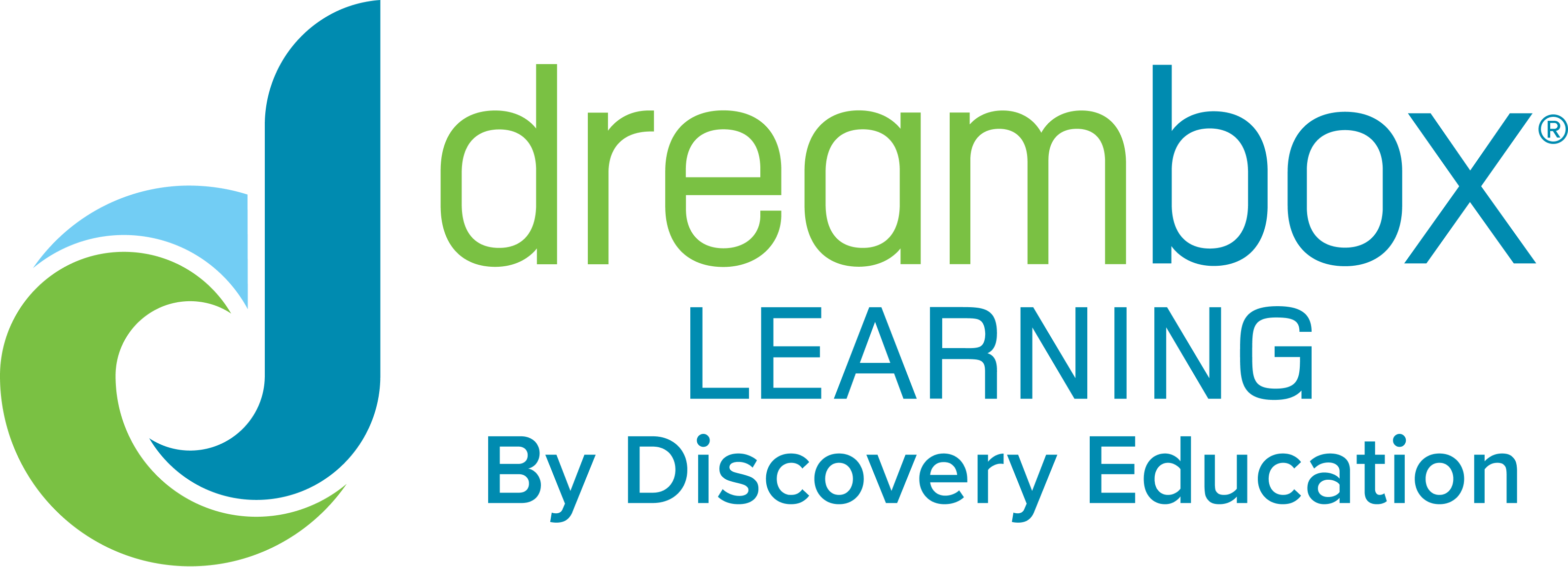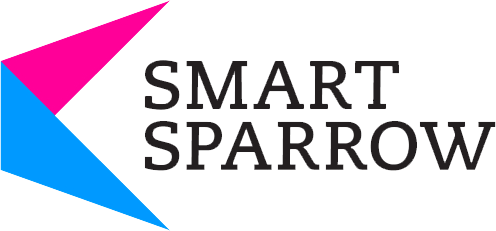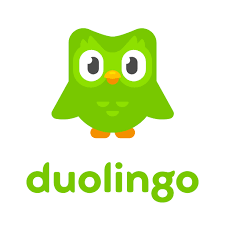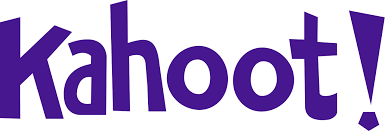
Technologies in education have been transforming the landscape of learning and teaching, making education more accessible, personalized, and efficient. Here’s an overview of some key innovations in this space:
1. Learning Management Systems (LMS)
- What it is: Digital platforms designed to manage, deliver, and track educational courses and training programs.
- Impact: LMSs like Moodle, Canvas, and Blackboard have revolutionized the way institutions organize courses, enabling students to access materials, submit assignments, and interact with peers and instructors online.

2. Massive Open Online Courses (MOOCs)
- What it is: Online courses aimed at unlimited participation and open access via the web, often offered by universities.
- Impact: Platforms like Coursera, edX, and Khan Academy have made higher education courses available to anyone with an internet connection, democratizing access to learning.

3. Adaptive Learning Technologies
- What it is: Software that uses algorithms to adjust the material presented based on a learner’s performance.
- Impact: These technologies provide personalized learning experiences, helping students to learn at their own pace and style, and identifying areas that need improvement.
- Examples: Knewton, DreamBox Learning, Smart Sparrow
4. Virtual and Augmented Reality (VR/AR)
- What it is: Technologies that create immersive learning experiences by simulating real-world environments (VR) or overlaying digital information onto the physical world (AR).
- Impact: VR and AR can enhance learning in fields like medicine, engineering, and history, offering hands-on experience without real-world risks or constraints.
- Examples: Elements 4D, Mondly VR

5. Gamification
- What it is: The application of game-design elements and game principles in non-game contexts, such as education.
- Impact: By making learning more engaging and interactive, gamification can improve motivation and enhance the learning process, making it more enjoyable and effective.
- Examples: Duolingo, Kahoot!, Minecraft: Education Edition
6. Artificial Intelligence (AI) in Education
- What it is: The use of AI technologies to automate grading, provide personalized learning experiences, and predict student performance.
- Impact: AI can significantly reduce administrative tasks for educators, offer students customized feedback and support, and improve educational outcomes through predictive analytics.
- Examples: Carnegie Learning
7. Blockchain in Education
- What it is: A decentralized and distributed ledger technology known for its security and transparency.
- Impact: Blockchain can secure student records, enable the sharing of academic credentials with ease and transparency, and reduce fraud in certificates and degrees.
- Example: Sony Global Education
8. E-Books and Digital Libraries
- What it is: Digital versions of textbooks and literature accessible on various devices.
- Impact: They offer an affordable and portable alternative to traditional textbooks, with added features like search and annotation, making study materials more accessible and interactive.
9. Collaborative Platforms and Tools
- What it is: Online tools that facilitate collaboration among students and teachers, such as Google Workspace for Education and Microsoft Teams for Education.
- Impact: These platforms support real-time communication and collaboration on projects, making distance learning more interactive and engaging.
10. Mobile Learning
- What it is: Educational content or experiences delivered via mobile devices like smartphones and tablets.
- Impact: Mobile learning supports on-the-go education, providing flexibility and convenience for learners to access educational content anytime, anywhere.
These innovations are not only reshaping the way education is delivered and consumed but also how we measure and understand learning and teaching effectiveness. As these technologies continue to evolve, they hold the promise of overcoming traditional barriers to education, such as geographical, financial, and accessibility constraints, making learning a lifelong, accessible, and more personalized journey for everyone.





